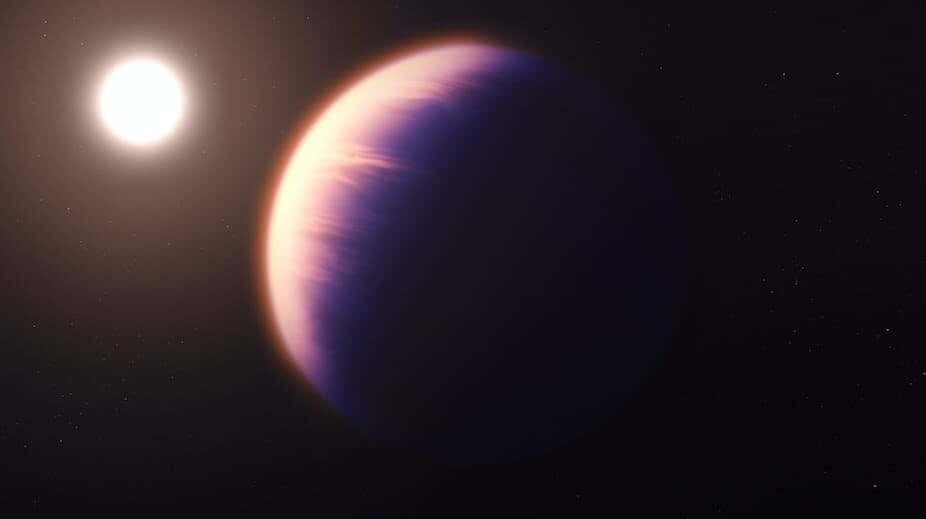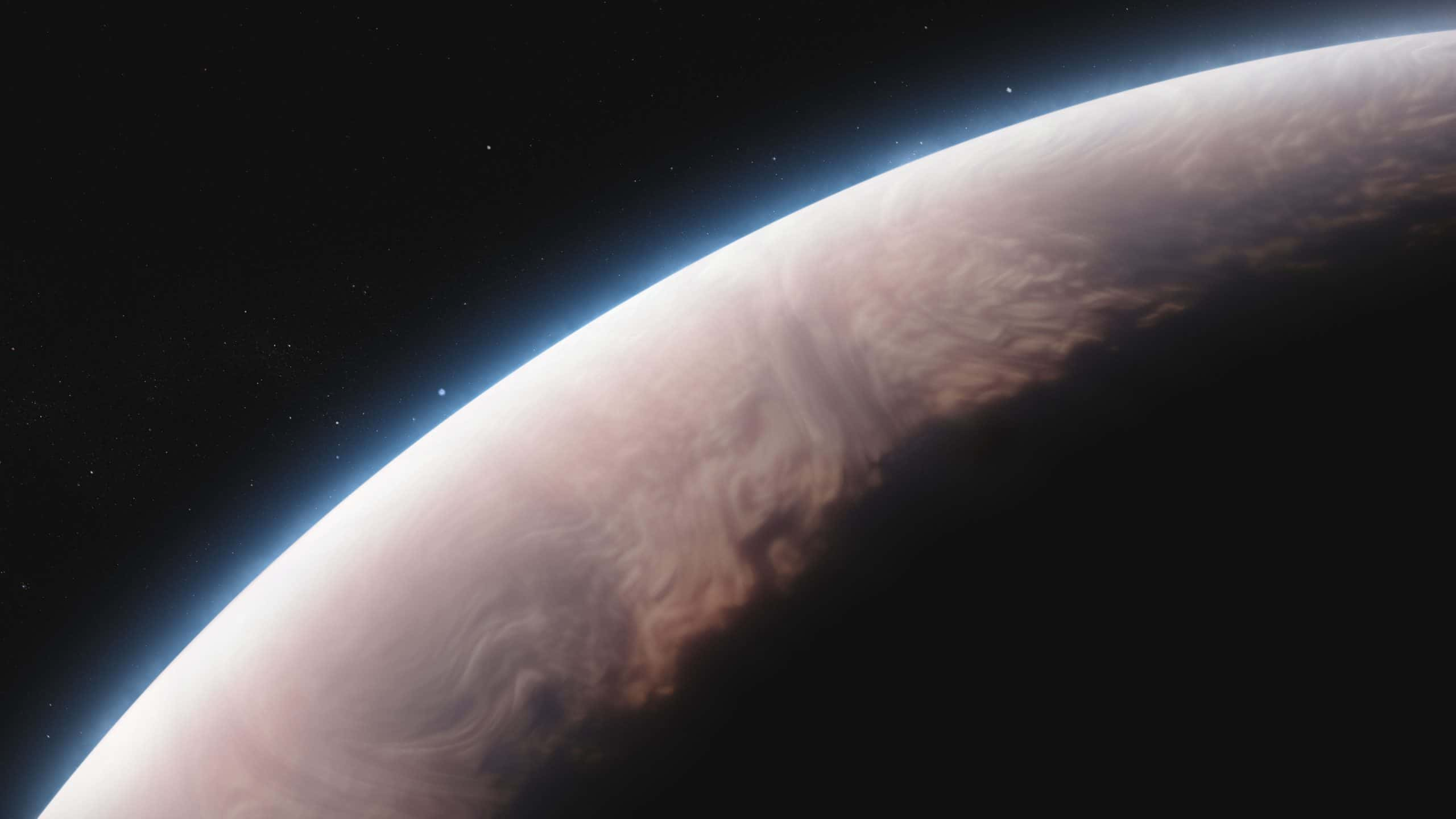This extraordinary planet, situated a mere 7.8 million kilometers from its star, boasts temperatures soaring to a scorching 1,500 degrees Celsius.

The James Webb Space Telescope (JWST) has detected pure quartz crystals hurtling through the blistering atmosphere of the distant gas giant, WASP-17b
WASP-17b, which dwarfs Jupiter despite having only half its mass, is known for its exceptionally bloated atmosphere, rendering it an ideal subject for the JWST. Observations using JWST’s Mid-Infrared Instrument (MIRI) revealed that akin to Jupiter, WASP-17b primarily comprises hydrogen, helium, carbon dioxide, and water vapor.
Notably, the signature of pure quartz crystals emerged at a wavelength of 8.6 microns. These pure quartz crystals, a mere 10 nanometers in size, mirror the hexagonal prisms found on Earth but originate from silicate, a mineral compound abundant in silica and oxygen.
The intense conditions on WASP-17b facilitate the direct formation of solid pure quartz crystals from gas, bypassing the liquid phase
These quartz particles, driven by thousand-mile-per-hour winds, create high-altitude hazes akin to clouds of rock pure quartz crystals. Swept from the day-night boundary to the dayside, they ultimately succumb to the searing heat, vaporizing into the atmosphere.
This revelation defies expectations, as previous assumptions leaned toward more complex, magnesium-rich pure quartz crystals. The tiny seed particles discovered on WASP-17b likely serve as the foundation for larger silicate grains present in cooler exoplanets and brown dwarfs. This breakthrough not only redefines our understanding of planetary atmospheres but also sheds light on the remarkable diversity of celestial bodies beyond our solar system.
READ ALSO: Spectacular Annular Solar Eclipse Enthralls Southwestern US And Central America




